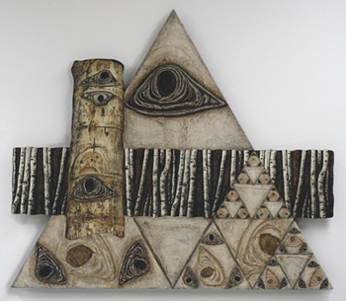But what of the differing methods? The perception that scientists spend [...]]]>
But what of the differing methods? The perception that scientists spend their lives seeking definitive, quantitative answers, while artists seem content to raise broad questions and let audiences or viewers draw their own conclusions?
Jim White uses a surprisingly artistic metaphor to explain the relationship. “One way to look at it is like this: Just as a sculptor chips away what is not needed in a block of stone to reveal the art within, a scientist chips away the unproductive theories to expose the truth within.”
EcoArts Connections in Boulder, CO has scientists and artists working together with innovative technology to raise more environmental awareness. EcoArts is one of the organizers of “Bolero Colorado” where there are several art /science events in September in Colorado. There will be a violinist performing in front of NASA images, dances, multimedia events, wind farms visits, and so on.
The Denver Botanic Gardens will host a multimedia event on Thursday, September 17 at 7 pm. There is also an art show by Bonny Lhotka called Alchemy (through September 20) at the Botanic Gardens. I was at the opening, and got to speak with her firsthand about her innovative use of digital photography and laser technology to create her images of nature. Extremely intriguing technique and wonderful artwork!
As you know, nature is an also important element in my own artwork. In 2005, I collaborated with a scientist for a WCA show called Women in Science? Science in Art? at the CU Gallery in Boulder. I typically don’t work with math, but since Martin Walter was a mathematician, we decided to work with fractals in nature. Since aspen trees and the magnification of the tree bark was my current theme, that became the imagery.

Sierpinski’s Triangle: In the Aspen Forest.
© 2005 Linda C. Everson, All Rights Reserved.